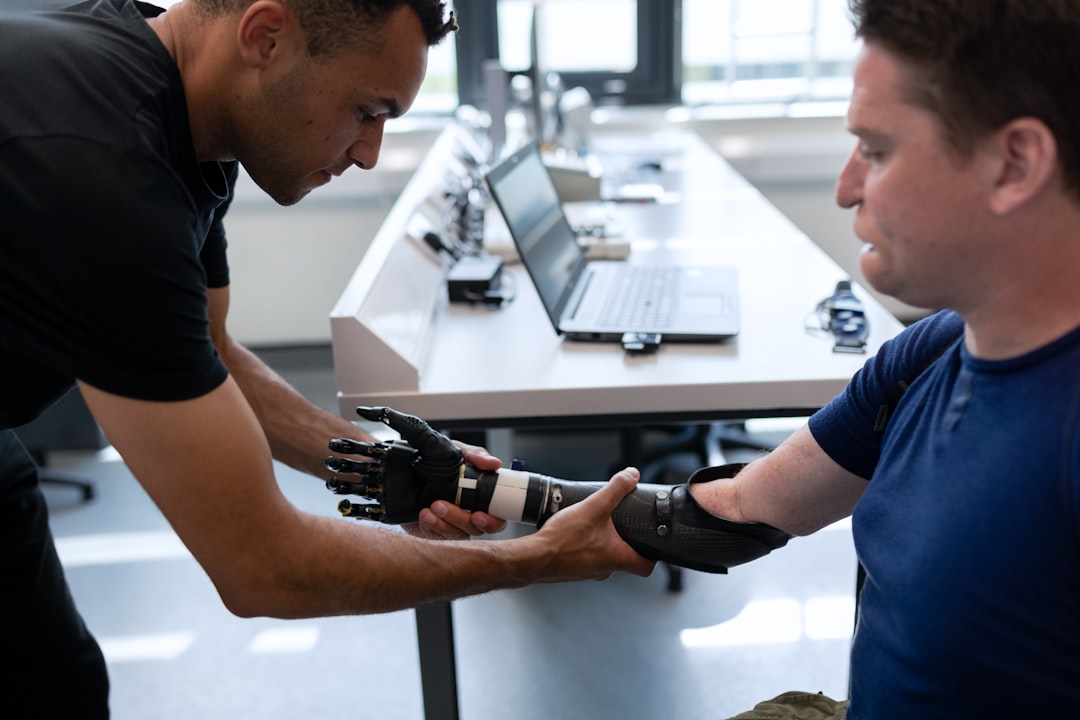What is it about?
Abstract: Hip fractures are a very serious socio-economic problem in western countries. Since the 1950s, orthogeriatric units have introduced improvements in the care of geriatric patients admitted to hospital because of hip fractures. During this period, these units have reduced mean hospital stays, number of complications, and both in-hospital mortality and mortality over the middle term after hospital discharge, along with improvements in the quality of care and a reduction in costs. Likewise, a recent clinical trial has reported greater functional gains among the affected patients. Studies in this field have identified the prognostic factors present upon admission or manifesting themselves during admission and that increase the risk of patient mortality or disability. In addition, improved care afforded by orthogeriatric units has proved to reduce costs. Nevertheless, a number of management issues remain to be clarified, such as the optimum anesthetic, analgesic, and thromboprophylactic protocols; the type of diagnostic and therapeutic approach best suited to patients with cognitive problems; or the efficiency of the programs used in convalescence units or in home rehabilitation care. Randomized clinical trials are needed to consolidate the evidence in this regard.
Featured Image
Read the Original
This page is a summary of: Orthogeriatric care: improving patient outcomes, Clinical Interventions in Aging, June 2016, Dove Medical Press,
DOI: 10.2147/cia.s72436.
You can read the full text:
Contributors
The following have contributed to this page










